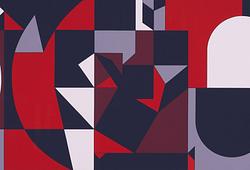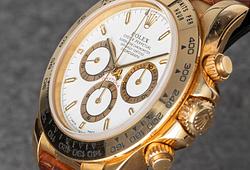Otto G Carlsund
"Apocaplyptic landscape"
Signed Otto G. Executed 1931. Ink on paper, 24,5 x 34,5 cm (image). With dedication: Till Ruth Julen 1933 från Otto G.
Provenance
Dentist Ruth Öhrling,
Bukowski Auktioner, modern spring sale, 3 May 2011, cat no. 147.
Jan Torsten Ahlstrand, Lund
Exhibitions
Norrköpings Konstmuseum, "Otto G. Carlsund 1897-1948", 17 november 1968 - 12 januari 1969, probably the same as cat no 58.
Literature
Oscar Reutersvärd, "Otto G Carlsund i fjärrperspektiv", Kalejdoskop, Malmö 1988, ill and mentioned p. 106.
Mjellby Konstmuseum, Halmstad, "Otto G Carlsund och konkretistfiaskot i Stockholm 1930", Halmstad 2004, exhibition catalogue, ill and mentioned p. 86.
Anders Wahlgren, "Otto G Carlsund", avbildad sid. 241, mentioned p. 242.
More information
Tandläkare Ruth Öhrling var sedan 1918 gift med konstnären Dick Beer (1893-1938).
Oscar Reutersvärd skriver följande om Apokalyptiskt landskap: "Har kallats konstnärens mest teologiska bild. Carlsund levde och dog i sin katolska tro och skötte sin religionsutövning regelenligt men i tysthet. I denna bild bekänner han sig till den optimistiska uppfattningen, att ur mänsklighetens slutliga kaos skall en gudomligt ordnad värld stiga upp. Gudsögat är ett av hans religiösa emblem, andra är törnekronan och det eviga livets hjul resp. cirkel." Oscar Reutersvärd, "Otto G Carlsund i fjärrperspektiv", Kalejdoskop, Malmö 1988, sid 106.
Artist
Otto G Carlsund was a Swedish painter, theorist and critic. Whilst in Paris in 1924, he formed a friendship with Fernand Léger, Ozenfant and Piet Mondrian and became the representative of Swedish synthetic cubism, purism, and neoplasticism. It was between the years of 1932 – 45 when Carlsund was the most active as a critic, but rediscovered his passion for nonfigurative painting in his last years. His paintings were often intended as preliminary studies for wall paintings. In 1929, he co-founded the group Art Concret in Paris with van Doesburg and Hélion, publishing its manifesto.
Read more












































